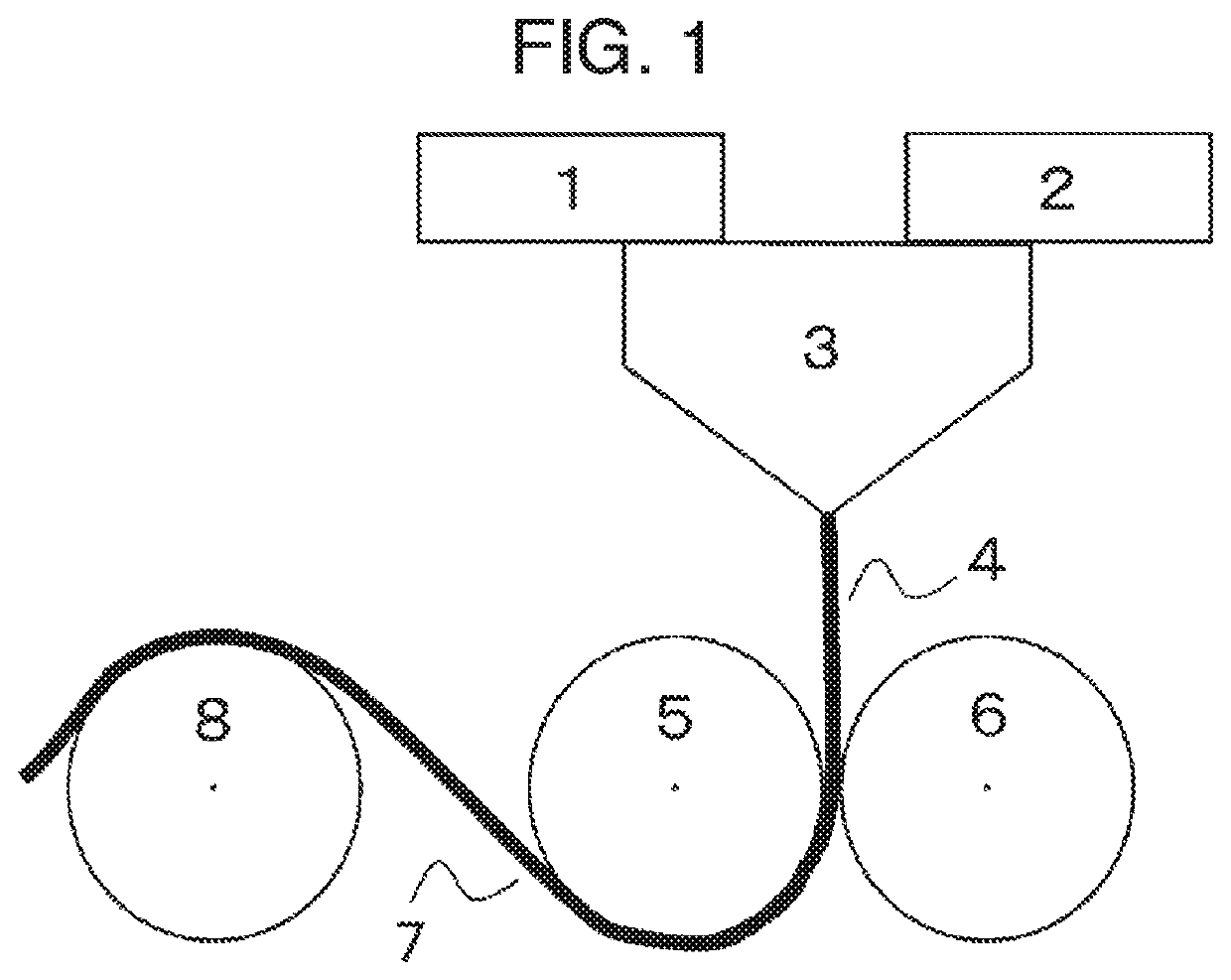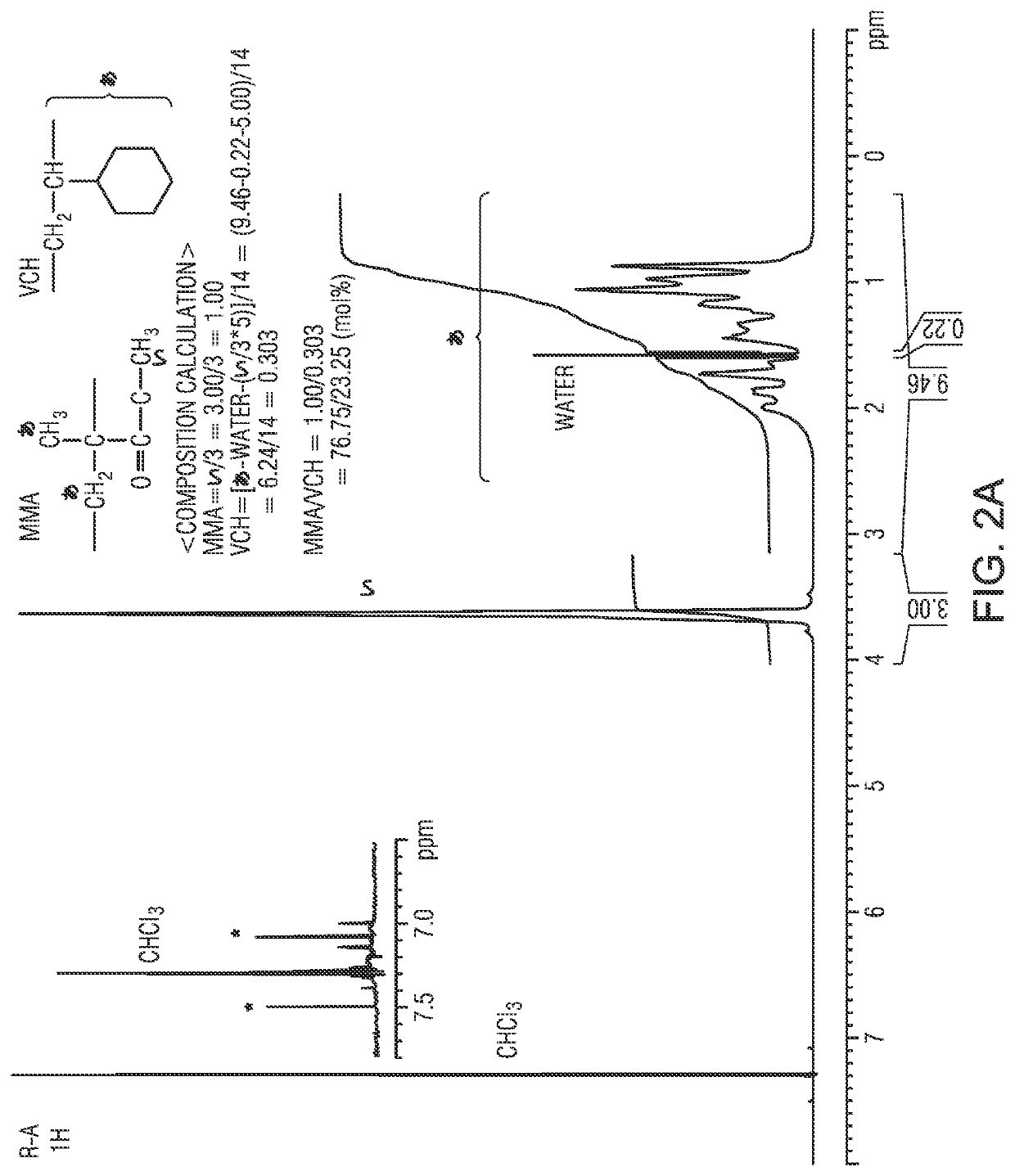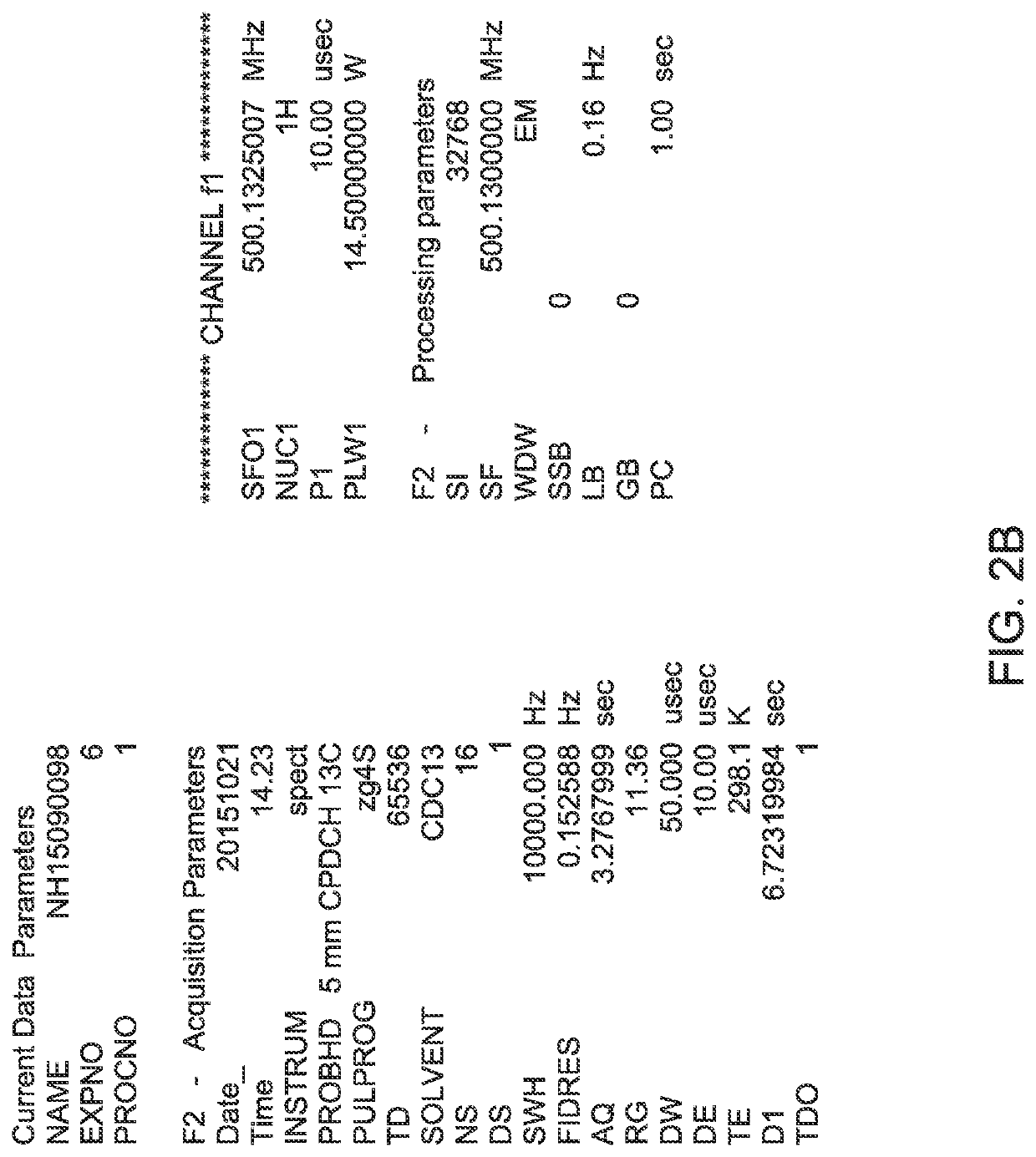Method for producing multilayer film
a multi-layer film and film technology, applied in the direction of synthetic resin layered products, vehicle components, domestic applications, etc., can solve the problems of low impact resistance, low processability, low breakability
- Summary
- Abstract
- Description
- Claims
- Application Information
AI Technical Summary
Benefits of technology
Problems solved by technology
Method used
Image
Examples
example 1
[0207](A) The coextrusion apparatus having the configuration illustrated in the conceptual diagram in FIG. 1 was used. While the (α-1) was used as both layers (the (α1) layer and the (α2) layer) by the extruder 1 for both outer layers and the (β-1) was used as the intermediate layer by the extruder 2 for intermediate layer, the molten film 4 of the multilayer film in which the (α1) layer, the (β) layer, and the (α2) layer were directly laminated in the stated order was continuously coextruded from the two-kind three-layer multi-manifold type coextrusion T die 3.
[0208](B) The molten film 4 of the multilayer film was fed and pressed between the rotating first mirror-finished roll 5 and the rotating second mirror-finished roll 6 so that the (α1) layer was disposed on the first mirror-finished roll 5 side.
[0209](C) The pressed multilayer film was held against the first mirror-finished roll 5 and sent to the subsequent rotating third mirror-finished roll 8 to obtain a multilayer film in ...
examples 2 to 6
[0211]The production of the multilayer film and the measurement and evaluation of physical properties of the multilayer film were performed in the same manner as in Example 1, except that the surface temperatures of the first mirror-finished roll, the second mirror-finished roll, and the third mirror-finished roll were changed as shown in Table 1. The results are shown in Table 1.
example 7
[0212]The manufacture of the multilayer film and the measurement and evaluation of physical properties of the multilayer film were performed in the same manner as in Example 1, except that the (α-2) was used instead of the (α-1), the (β-2) was used instead of the (β-1), the surface temperature of the first mirror-finished roll was set to 140° C., the surface temperature of the second mirror-finished roll was set to 135° C., and the surface temperature of the third mirror-finished roll was set to 140° C. The results are shown in Table 1.
PUM
| Property | Measurement | Unit |
|---|---|---|
| glass transition temperature | aaaaa | aaaaa |
| immersion time | aaaaa | aaaaa |
| temperature | aaaaa | aaaaa |
Abstract
Description
Claims
Application Information
 Login to View More
Login to View More - R&D
- Intellectual Property
- Life Sciences
- Materials
- Tech Scout
- Unparalleled Data Quality
- Higher Quality Content
- 60% Fewer Hallucinations
Browse by: Latest US Patents, China's latest patents, Technical Efficacy Thesaurus, Application Domain, Technology Topic, Popular Technical Reports.
© 2025 PatSnap. All rights reserved.Legal|Privacy policy|Modern Slavery Act Transparency Statement|Sitemap|About US| Contact US: help@patsnap.com



